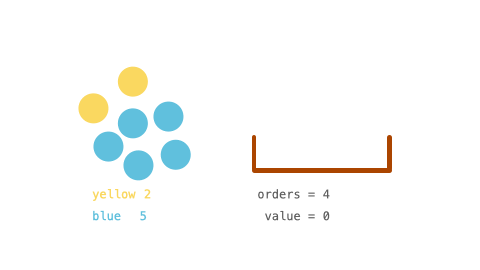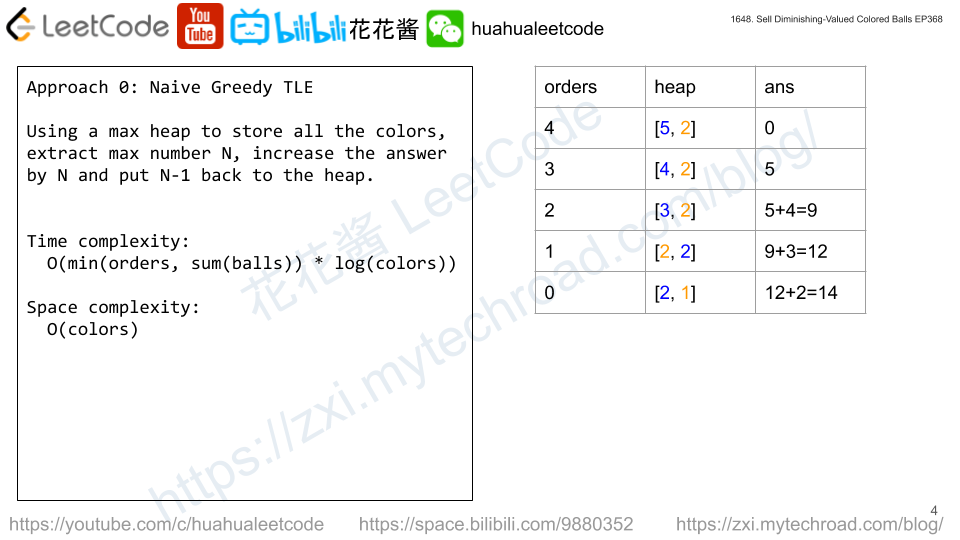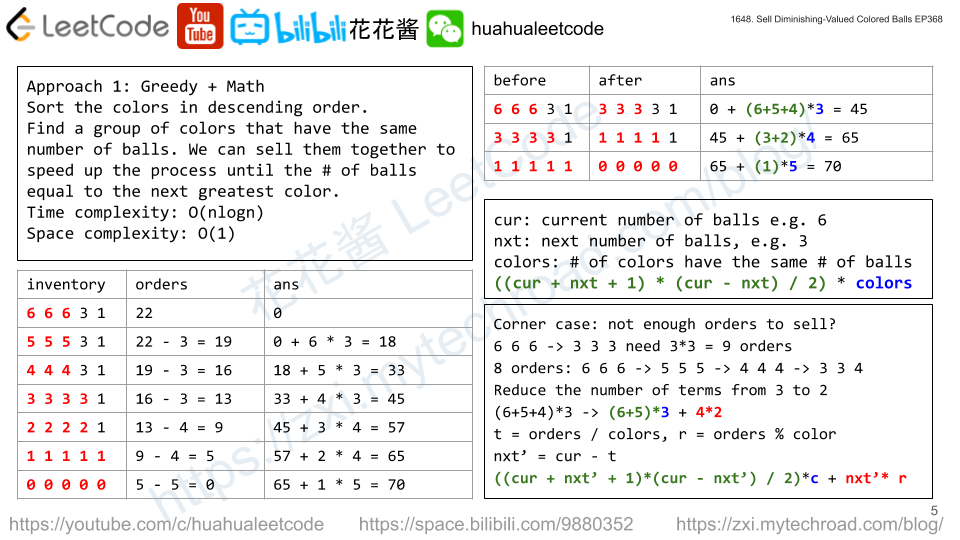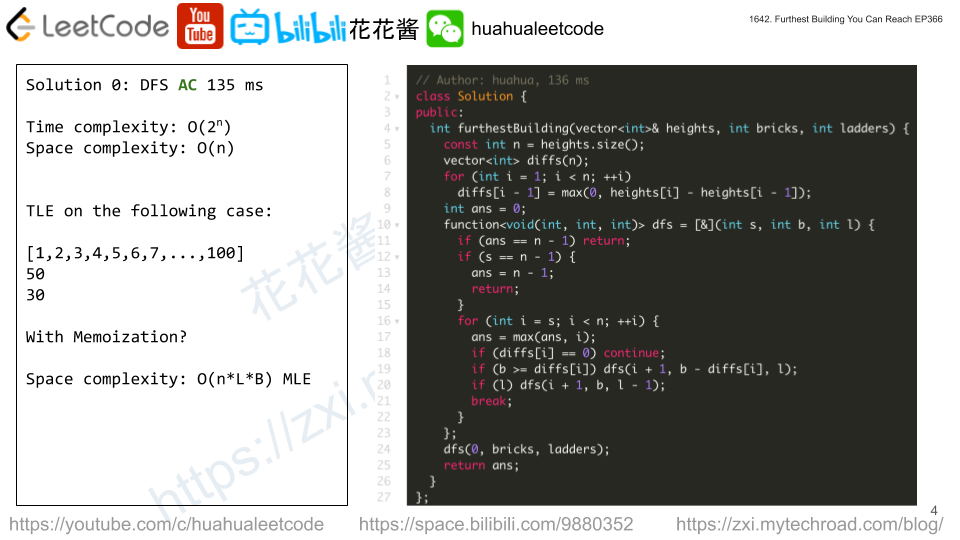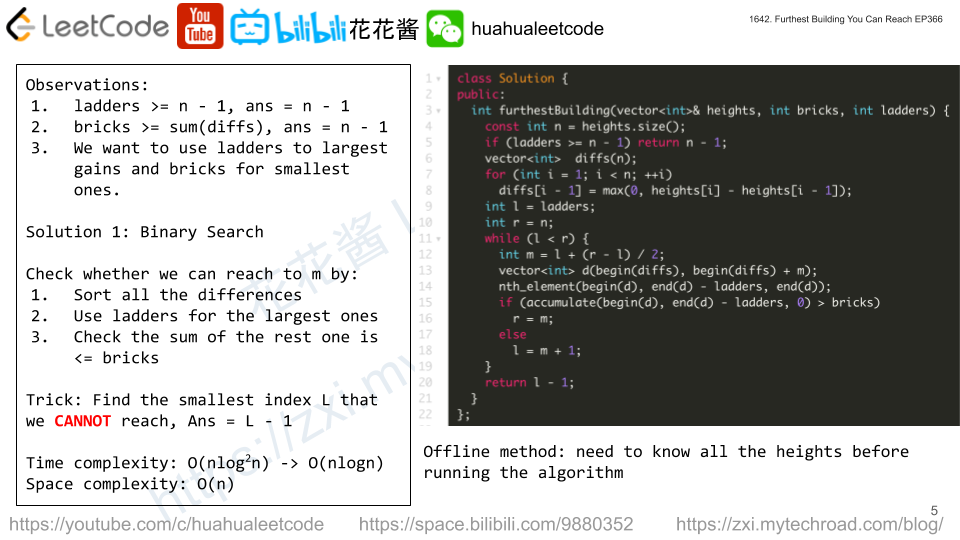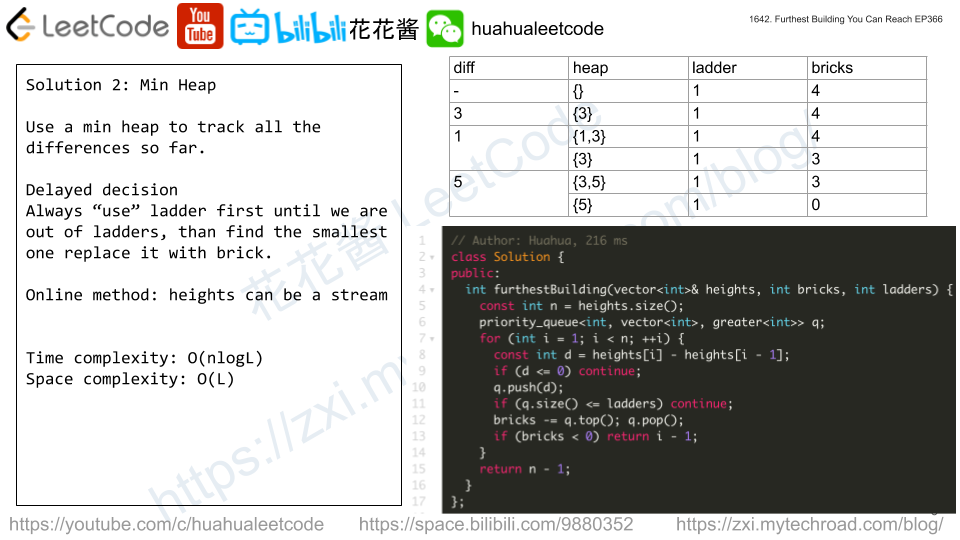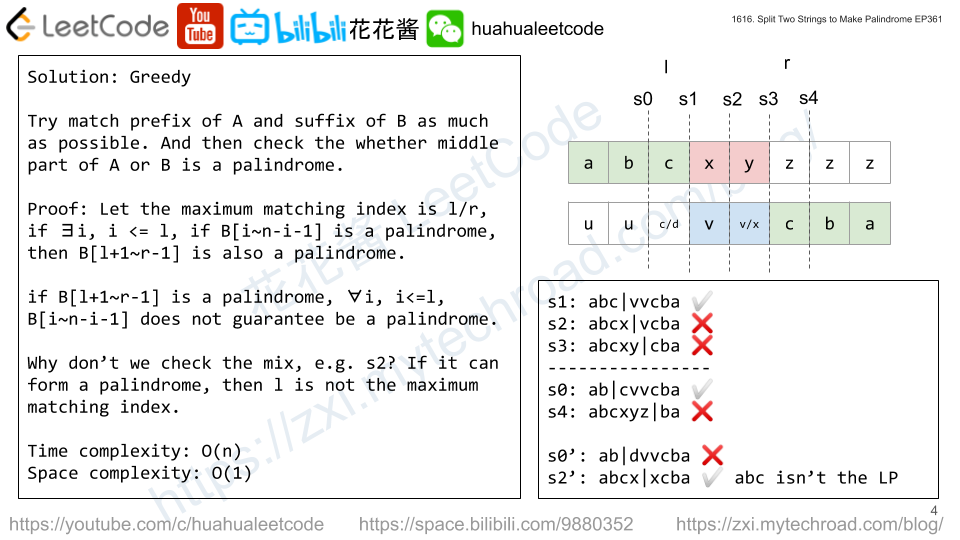You are given an array tasks where tasks[i] = [actuali, minimumi]:
actualiis the actual amount of energy you spend to finish theithtask.minimumiis the minimum amount of energy you require to begin theithtask.
For example, if the task is [10, 12] and your current energy is 11, you cannot start this task. However, if your current energy is 13, you can complete this task, and your energy will be 3 after finishing it.
You can finish the tasks in any order you like.
Return the minimum initial amount of energy you will need to finish all the tasks.
Example 1:
Input: tasks = [[1,2],[2,4],[4,8]]
Output: 8
Explanation:
Starting with 8 energy, we finish the tasks in the following order:
- 3rd task. Now energy = 8 - 4 = 4.
- 2nd task. Now energy = 4 - 2 = 2.
- 1st task. Now energy = 2 - 1 = 1.
Notice that even though we have leftover energy, starting with 7 energy does not work because we cannot do the 3rd task.
Example 2:
Input: tasks = [[1,3],[2,4],[10,11],[10,12],[8,9]]
Output: 32
Explanation:
Starting with 32 energy, we finish the tasks in the following order:
- 1st task. Now energy = 32 - 1 = 31.
- 2nd task. Now energy = 31 - 2 = 29.
- 3rd task. Now energy = 29 - 10 = 19.
- 4th task. Now energy = 19 - 10 = 9.
- 5th task. Now energy = 9 - 8 = 1.
Example 3:
Input: tasks = [[1,7],[2,8],[3,9],[4,10],[5,11],[6,12]]
Output: 27
Explanation:
Starting with 27 energy, we finish the tasks in the following order:
- 5th task. Now energy = 27 - 5 = 22.
- 2nd task. Now energy = 22 - 2 = 20.
- 3rd task. Now energy = 20 - 3 = 17.
- 1st task. Now energy = 17 - 1 = 16.
- 4th task. Now energy = 16 - 4 = 12.
- 6th task. Now energy = 12 - 6 = 6.
Constraints:
1 <= tasks.length <= 1051 <= actuali <= minimumi <= 104
Solution: Greedy + Binary Search
Sort tasks by actual – min in ascending order, this will be the order we finish those tasks. Use binary search to check whether a given initial energy works or not. Note, the binary search part is unnecessary.
Time complexity: O(nlogn + nlogk)
Space complexity: O(1)
C++
|
1 2 3 4 5 6 7 8 9 10 11 12 13 14 15 16 17 18 19 20 21 22 |
// Author: Huahua class Solution { public: int minimumEffort(vector<vector<int>>& tasks) { sort(begin(tasks), end(tasks), [](const auto& t1, const auto& t2) { return t1[0] - t1[1] < t2[0] - t2[1]; }); int l = tasks[0][1], r = INT_MAX - 1; auto check = [&](int cur) { for (const auto& task : tasks) { if (task[1] > cur) return false; cur -= task[0]; } return true; }; while (l < r) { const int m = l + (r - l) / 2; check(m) ? r = m : l = m + 1; } return l; } }; |
